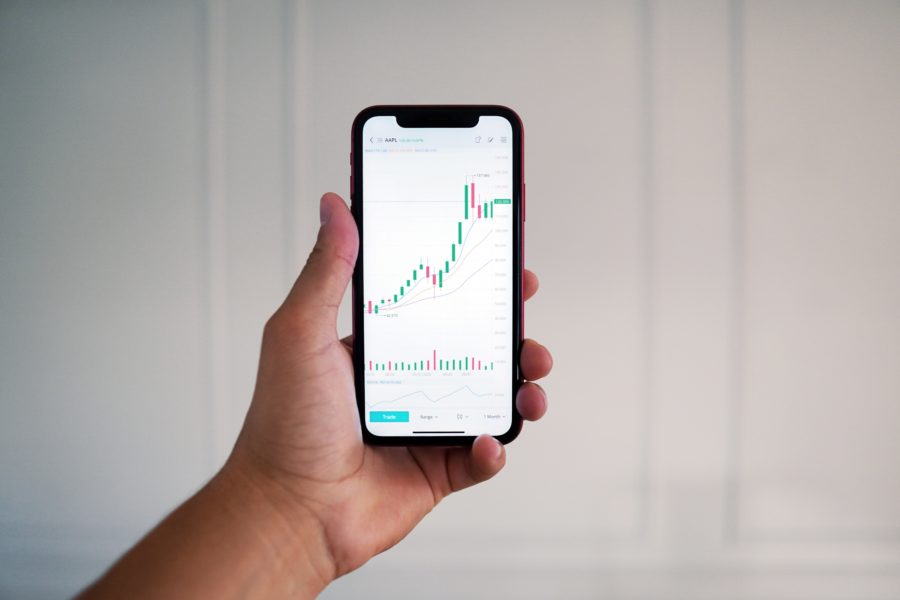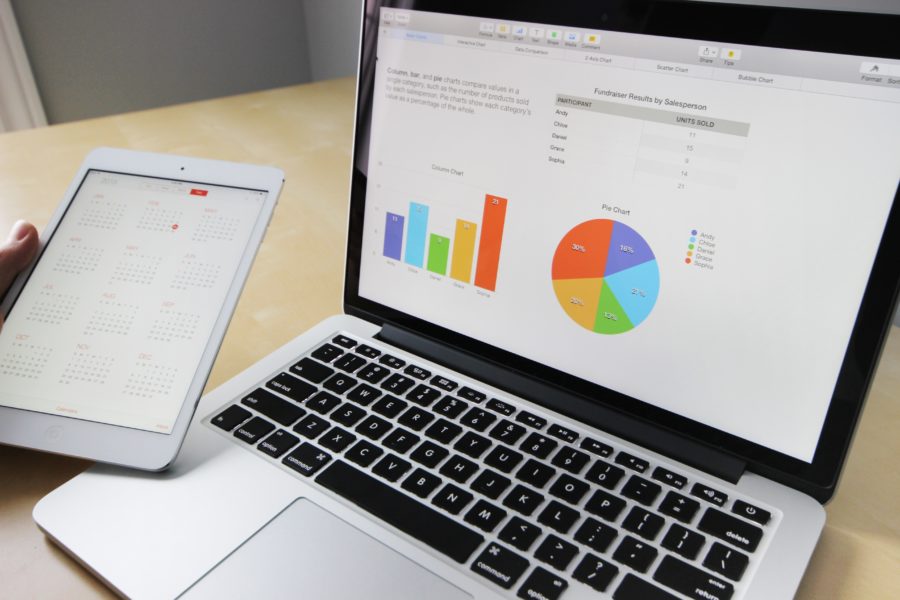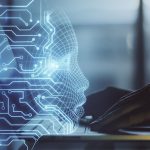
Information is often numeric and collected through observation. In simpler terms, data are facts and statistics collected together for reference or analysis. Undoubtedly, information helps make informed decisions. Something as small as choosing items at a convenience store can be done more economically in our everyday lives. Perhaps, it could be as simple as being able to do price comparisons between two stores.
Data helps in resource allocation and creating effective solutions to fulfil specific needs. Although often mistaken for the solid basis on which big decisions are made, underlying presumptions do not lead to the best results.
In the Maldives, lack of data availability has been a major concern for many years. As the world picks up pace, the demand for data is increasing drastically.
Essentially, big data has three sources: social data, machine data and transactional data. Social data is comprised of consumer’s online behavior. Their searches, likes and dislikes along with other trackable activities provide insights into consumer sentiment. The second source: machine data, is generated by machines such as automobiles, mobile devices and other connected objects. It is composed of actual human behavior. The third: transactional data, is generated by online and offline transactions and record. Data scientists can draw out behavior patterns from large amounts of data and use past behavior to predict future expectations.
Data itself is not a competitive differentiator, it is what a city, or supplier to a city, does with data that create that differentiation.
Smart city initiatives aim to share data the best they can with their citizens to involve them in the decision-making process. Such initiatives are not just about “forcing technology and innovation on citizens, but rather using these things as tools to solve real-life problems.

While it is commonly known that the Maldives does not offer open access to big data, data collection channels are also limited. Following the pandemic, many governments institutes, like other businesses had to switch from physical services to digital services. Digital means, every platform will collect data. This data can then be interpreted and transposed to different models, from which government can further streamline their services to be more efficient and offer what the citizens need from institutes.
Doing so will increase convenience and contribute to economic development and foster Open Data’s demand side and supply side. It will empower civil society and citizens to scrutinize Open Data to promote transparency and accountability in governance. Additionally, constituents will be more incentivized to partake in state affairs. Through these results, the state will be able to reduce cost and expand its reach to every part of the country.
Today, almost every business in the world utilizes digital tools to carry out both internal and external functions. From internal processes to external communication, a digital medium is involved. Behind these tools are raw data that can be transposed to improve business functions.
Businesses have a high value to gain from data. Information can help improve the primary activities of a business. Primary activities such as inbound logistics, operations, outbound logistics, sales/marketing and services, i.e., the function a business perform after a product has been purchased to maintain and enhance product value.
In addition to primary activities, support activities such as firm infrastructure: finance, accounting and quality control; human resource management and procurement will become more streamlined with a more efficient flow of communication and precise decision making.
From a sales viewpoint, if brands had a clearer view into the different ways that consumers used their products, they could adjust product attributes to match user behaviour.
In addition to improvements in functionality, the amount of data a business accumulates also contributes to the value of the company. Companies from across the globe are now being bought and sold based on the data they have. In 2015, IBM acquired The Weather Company because IBM wanted access to The Weather Company’s vast weather-related data resources.

While the next-generation infrastructure can help improve traffic flow, streamline waste collections, boost energy efficiency and more; as the level of digital infrastructure becomes more complex and cities become more interconnected, data becomes more vulnerable to cyber-attacks. Even minor weaknesses can be exploited to great lengths. This inherently means that smart cities are only as strong as their weakest link. However, proper precautionary measures can be planned and imposed to prevent these threats.
By encrypting data – which would scramble data so it becomes useless and unreadable to hackers unless an encryption key is used to decipher it. Additionally, measures such as two-factor authentication should also be used with the encryption key. Since smart city concepts deal with a lot of sensitive data, encryption should always be the standard. This way, even if the information is withdrawn, there will be no way of using it.
Security monitoring requires a dedicated team to keep an eye on traffic and search for anomalies within the network. This process can be automated with security software that analyzes bulk data and recon for threats. Once potential risks are detected, they can be isolated to prevent data breaches.
Support platforms will be able to provide security to a wide range of connected environments and devices. Since smart cities are made up of unique networks, Software as a service (SaaS), Infrastructure as a service (IaaS) and cloud environment, an enveloping security system will be deployed to ensure that all aspects of the city are protected.
As Hulhumale Development Corporation (HDC), lay down the infrastructure that will inherently create the digital network of a smart city, much effort from the public and private sector will be needed to reach the end goal.













